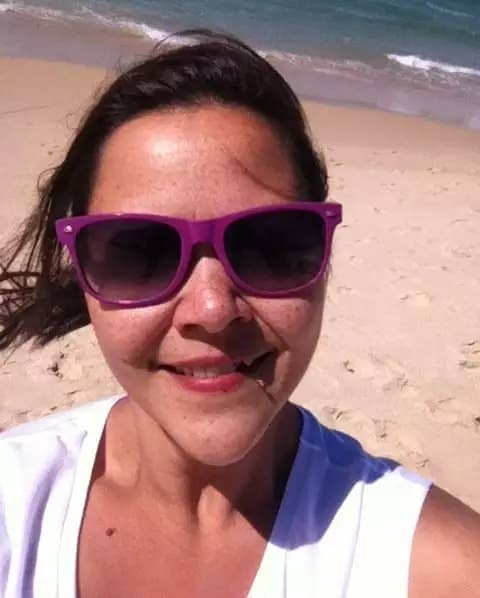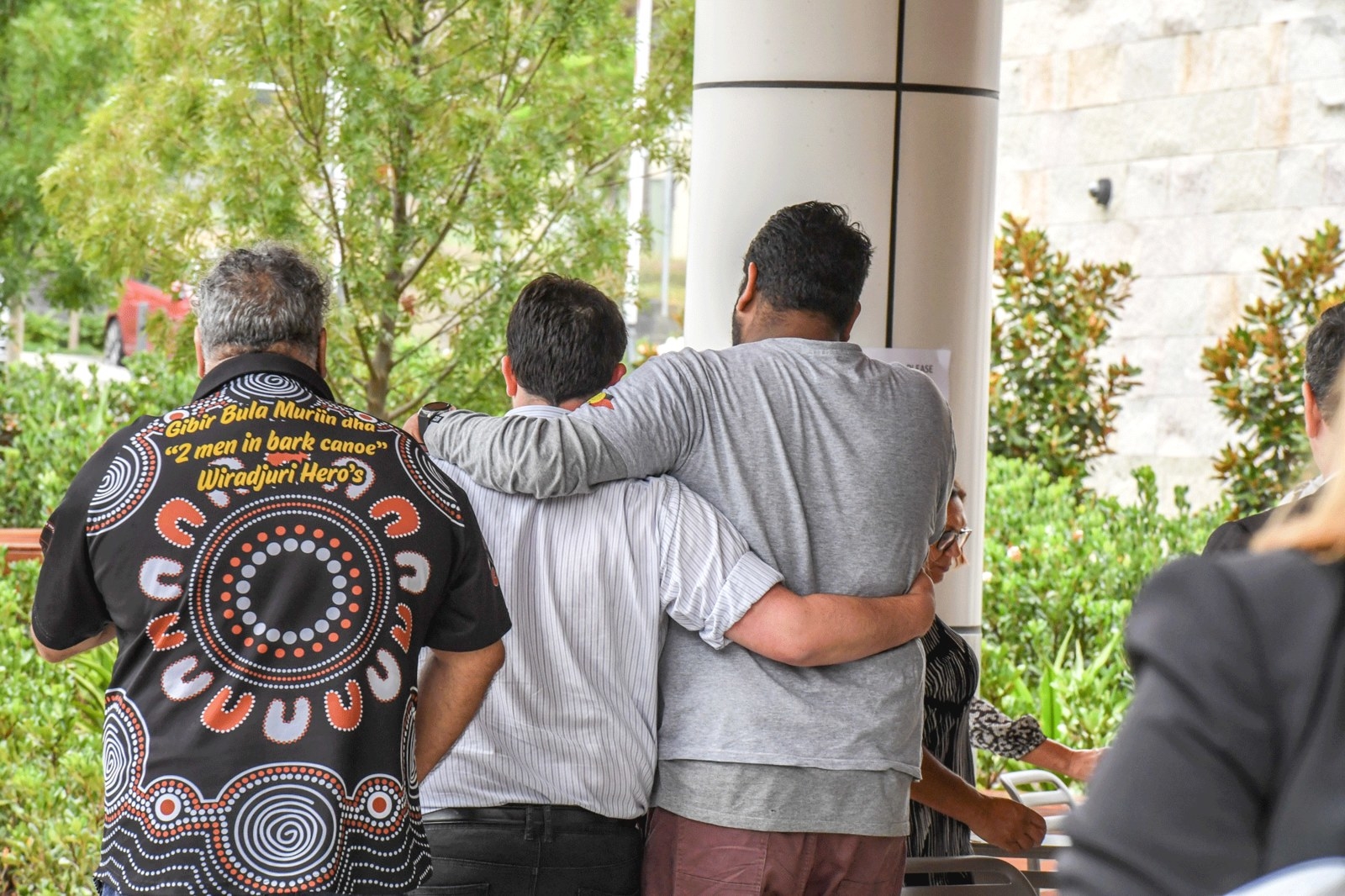
The New South Wales deputy state coroner said "as a middle class woman in the Eastern suburbs" of Sydney she herself would have been referred to a specialist had she presented to a hospital as frequently as a pregnant Indigenous woman did in 2015, before the woman died of sepsis.
“Naomi Williams went to a doctor many many times and never got a specialist referral," coroner Harriet Grahame said on Thursday at the inquest into the Wiradjuri woman's death.
"If I look at it from my own experience as a middle class woman in the Eastern suburbs in Sydney my perception is I would have got a referral and that is my strong perception. I would not have gone in 18 times and not got a referral.”
Williams arrived at the emergency department in the NSW country town of Tumut alone just after the new year had ticked by at midnight into 2016, where according to records, she stayed for 34 minutes, was given some Panadol, and then went home.
Fifteen hours later while en route back to the hospital, the 27-year-old and her unborn baby died after she suffered a cardiac arrest caused by an overwhelming sepsis infection.
A coronial inquest into Williams' death began in September last year in Gundagai, a small town about 40km from Tumut and continued this week in Sydney at the Coroner's Court in Lidcombe.
Grahame's comments were made during the cross-examination of professor of race relations at Deakin University, Yin Paradies.
“There is a correlation between treatment and Aboriginality [in hospitals],” Paradies, who holds a master's of public health and a master's of medical statistics, told the inquest.
He told the inquest that hospitals should aim for a "kind of population parity" when it came to staffing hospitals to better engage with and deliver best care to Indigenous communities.
Williams had been to Tumut Hospital 18 times in the eight months leading up to her death, repeatedly complaining of symptoms including vomiting, nausea and abdominal pain. In most cases, she was given anti-nausea medication and fluids, and offered drug and alcohol and mental health counselling.
She had tested positive for helicobacter pylori, a stomach bacteria that can cause pain and nausea, in June 2015, and in September that year was diagnosed with hyperemesis gravidarum, better known as excessive morning sickness.
The inquest heard in September that Williams used cannabis to alleviate her symptoms, but the drug and alcohol reviews had found she was not dependent on that or any other substances.
Paradies told the inquest there was "evidence of stereotyping Indigenous people as more likely to use drugs and alcohol" and that it was a pervasive stereotype present "in the minds of many Australians".
In July, Williams' mother Sharon wrote to the head of nursing staff at Tumut Hospital saying that her daughter needed specialist referral for her ongoing symptoms of vomiting, nausea and pain, and that the repeated referrals to drug and alcohol counselling were adding to her stress.
“What can happen is there can be assumptions that Aboriginal people have drug and alcohol issues and there can be serious investigations into that, but it is the wrong avenue to go with because there is no indication for that individual that that is a problem," Paradies told BuzzFeed News after appearing at the inquest on Thursday.
“Sometimes it is not about apathy, it is about investigations along the wrong path.”
Paradies referred the inquest to government data that found in the two years to June 2013, Indigenous Australians were discharged from hospital against medical advice at eight times the rate of non-Indigenous Australians.
He said this was due to one of six reasons: "racism, lack of cultural safety, issues of miscommunication, issues of mistrust, family and social obligations, loneliness and isolation".
Williams was not referred as a high-risk pregnancy patient until mid-December.

There is conflicting evidence about her condition at the time she arrived at hospital. According to her partner Michael Lampe, she had fallen ill around 8:30pm on Dec. 31, was vomiting, complaining of a headache, back pains and spasms, struggling to get out of bed, and breaking out in sweats.
Williams also messaged a friend half an hour before she drove herself to hospital: “You wouldn’t be able to get me to the hospital, would you? I can barely move.” The friend was out of town and suggested she call an ambulance, but Williams said she couldn’t afford it. “Just my body aching all over, all good I’ll get there. Thanks anyways,” Williams texted back.
On Wednesday, two nursing experts told the inquest Williams' vital signs should have been monitored over a longer period of time and that she should have seen a doctor before being discharged.
"There are issues of institutionalised racism in hospitals," Paradies said. “We do have evidence that the actual identification as an Aboriginal person in a hospital leads to worse treatment."
Indigenous patients were mistrustful of hospitals, which weren't always "culturally safe" due to a history of mistreatment that spanned decades, he said.
"Aboriginal people have a lot of concerns about how well different systems have served them in the past, so historically we have stolen generations and various government interventions.
"In hospitals there have been histories of forced sterilisation and babies being taken within hospital settings as part of the stolen generations."
The inquest will tomorrow hear from a staff member at Tumut District Hospital and from Williams' family.
